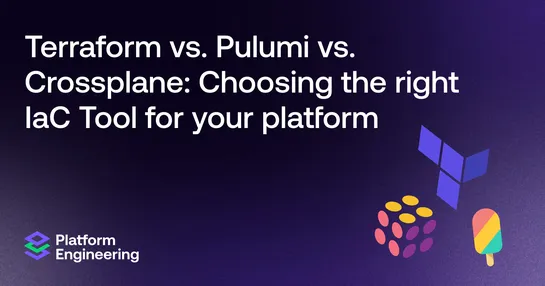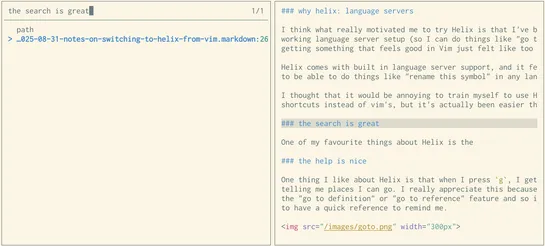Terraform vs. Pulumi vs. Crossplane: Choosing the right IaC Tool for your platform
Terraform, Pulumi, and Crossplane take very different routes to Infrastructure as Code.Terraformsticks to a declarative HCL model with a massive provider ecosystem.Pulumiflips the script—developers write infrastructure in real languages, so logic is testable and dynamic.Crossplane? It runs inside Ku.. read more




















